(Section A – The Essentials: If you missed the essentials section – just nip back now quickly.)
(Section B – The Nice Touches: If you missed the nice touches section – nip back here.)
Section C – The Dalliances:
Now for the final part of the series on taking care of your gerbil.
This part talks about all those extras that gerbils would really appreciate in their lives when you have taken a clan under your wing.
None of these are essential – but of course we all like to spoil our little ones when we can – so why not consider a few of these options when you are next out in the stores?
More Cardboard For The Gerbils:
Yes, silly again we know – but your gerbils will never get bored of chewing different shapes and styles of cardboard – with tissue boxing looking the most fun from a human point of view?
More, more, more…
A Selection Of The Best Gerbil Treats:
Where do you start with the treats? Well, live food is a great start – they just love chasing around a locust or digging out a waxworm – and it is great enrichment. Dried insects like mealworms are an option for those who don’t want to feed live food – equally well loved by the gerbs.
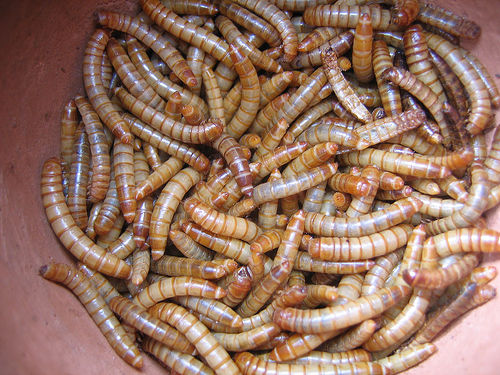
Other favourite treats include extra seeds, berries, and fruits. Some people might put these in Section B more of a necessary option – but they aren’t needed nutritionally and don’t add enrichment per se.
And if you have a great food, you shouldn’t need all the extra nutrients.
Also, many of these items are high in something (like high in fat, high in minerals, high in this or that) – so really should only be added in small amounts and few and far between. However, that doesn’t mean you can’t add a different one of these in every day – so they aren’t getting too much of any one thing? Up to you of course.
Treat bars and dried fruits are usually full of sugar – natural or otherwise – so they are really are to be given few and far between most of the time. Any nibble sticks with fruit or honey are ‘the ‘worst’ – but Rosewood Naturals do a lovely range of more plant-based sticks that have much lower ‘naughty’ levels in them. Our favourite treats right now.
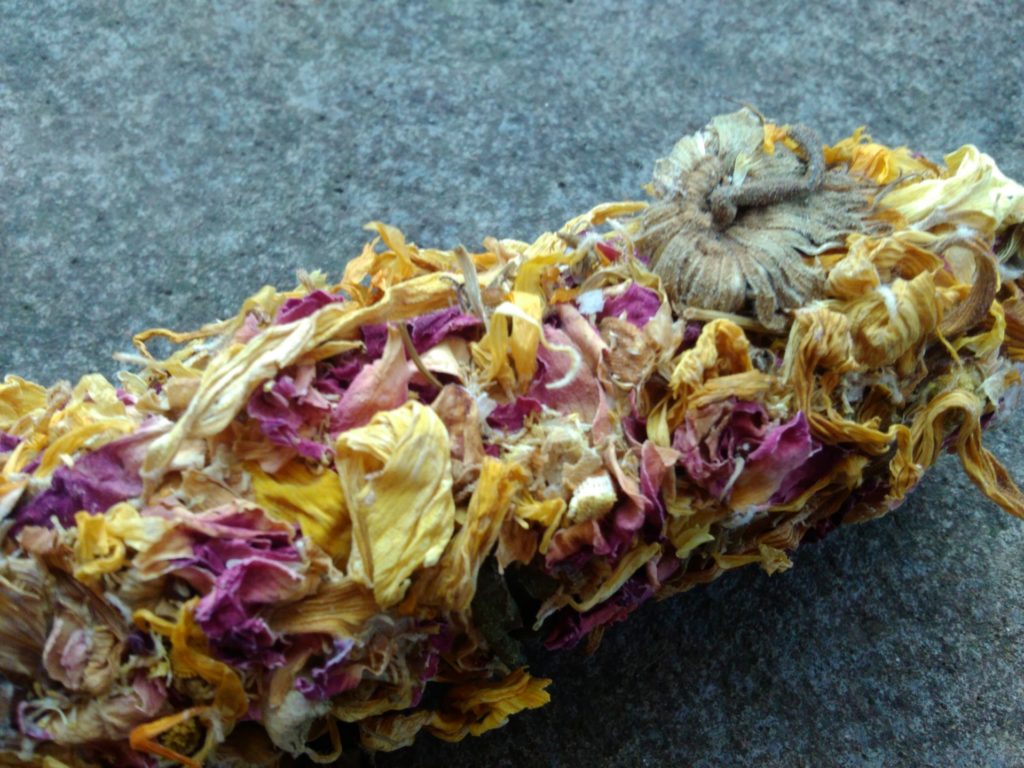
What Hay And Dried Flowers Are Best For Gerbils?
Yes, gerbils can eat hay – some grasses and hays can be a real treat for your gerbils. Both in terms of eating, but also smell, enrichment, toy and air freshener. There are so many hays and dried plants it can be overwhelming.
Hay is perfect in its plain form (usually Timothy hay-based) – and sometimes long-strand Timothy hay can help make great tunnels in some different beddings – and it really help to freshen the place up.
Other hays (basically cut and dried meadows) can include scented herbs, wildflowers and seed heads – so there is plenty to choose from. As long as it is dry, mold-free and dust-free – got for it!
Dried herbs and flowers are well loved by my gerbils and other critters, especially, rose petals, lavender and hawthorn blossoms. They just love them so much – we try to grow as much of my own as we can to keep them happy.
There are many different ‘flower’ products available in stores and moreso online with Rosewood Naturals and JRFarms leading the front of the crowd – just ordered our guys some cactus flowers. They absolutely LOVE THEM.
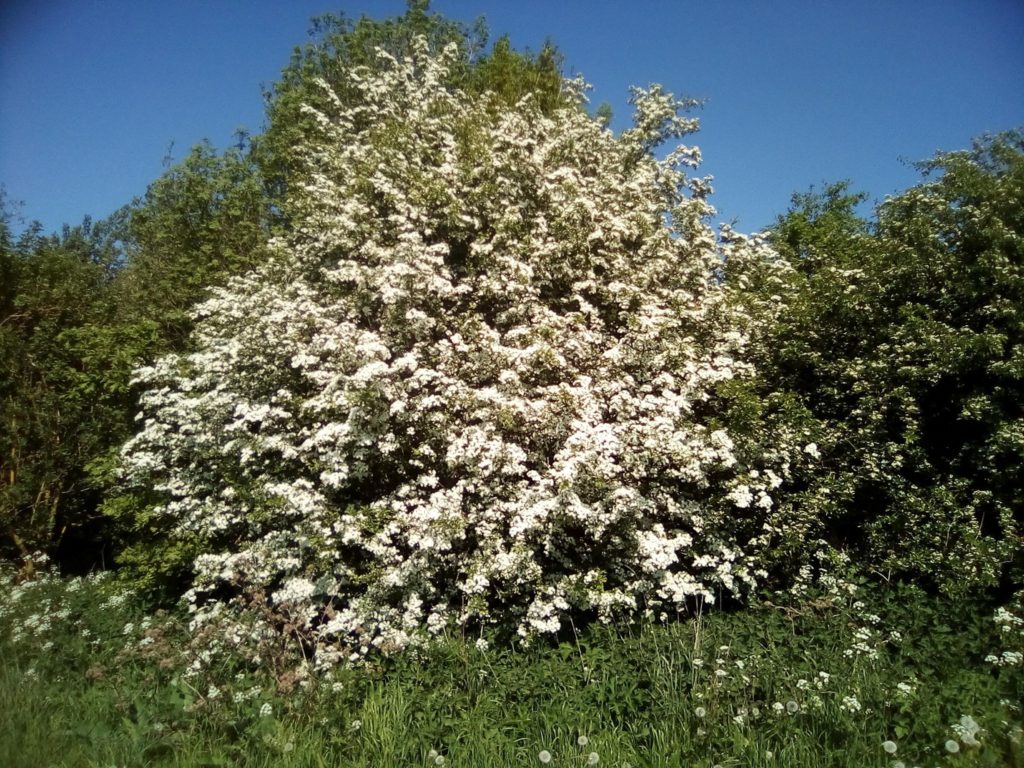
There aren’t many available dried flowers and herbs that gerbils can’t have – but we do personally avoid any with dandelion in the title or leeks too far up the ingredients list (like in the top 5 – as anything below that is probably hardly even in the product in the first place – let alone each serving you give your gerbils) only because these were mentioned on egerbil as being possibly detrimental to gerbils long term due to their constituent parts.
A Large And Secure Gerbil Play Pen:
Like most pet owners – you probably will want to get your gerbils out for some running around and out-of-tank-time.
There are several ways you can do this without spending a penny – but you are limited to a hallway (where you can guarantee that no-one will accidentally open any doors); a hamster ball (which really are not at ALL suitable for gerbils and usually scare them half to death to the point where they just stand still in it and wee and poo the whole time – which is why you won’t see exercise ball on any gerbil shopping list)); or the bath – a classic go-to play place.
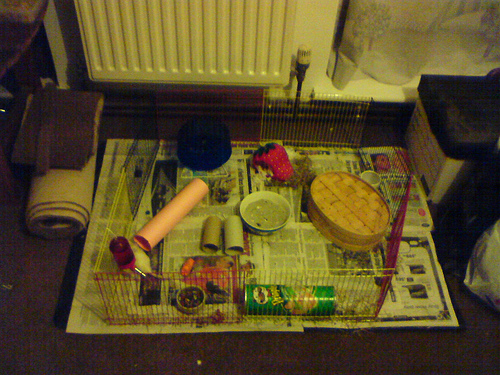
But, if you wanted a more suitable, more comfortable and practical option – you could buy an animal playpen of which there are many types.
Some people opt for the wire play pens which have around 6-8 pieces that all slot together creating a lovely internal space. Gerbils are quite small, so you need to make sure the bar sizing is suitable, and gerbils can jump obviously too – so it needs to be of some useful height.
As with all playtime in an unsealed environment – you need to watch them very closely to make sure they are safe – not only from them getting out – but from other things getting in – including younger siblings, dogs, cats and anything else lose in your home.
Only if your playpen is sealed unit – like a large wooden vivarium or glass-fronted cupboard can they be left unattended for short periods as this should be almost as safe as them being in their own tank in the first place.
But very importantly – never forget your pets are in their run – gerbils aren’t fans of new places as we all know and if they don’t feel safe, they may wear themselves out stressing about where they are and having to start making camp for the night. Just like us when we are really fed up of being at a party but someone else is driving us home and they aren’t making a move yet!
Best Add A Collection Of Great Gerbil Toys Too
Now, we can’t mention all the toys out there that can be great for your gerbils as these are up to you – and your wallet. And as we know, gerbils can tear apart the best toys overnight – so is the best toy a best toy for the gerbils (something they can destroy overnight) or a toy that lasts us longer for our buck (but something they have to live with for ages?).
Hopefully a combination of both is the best?
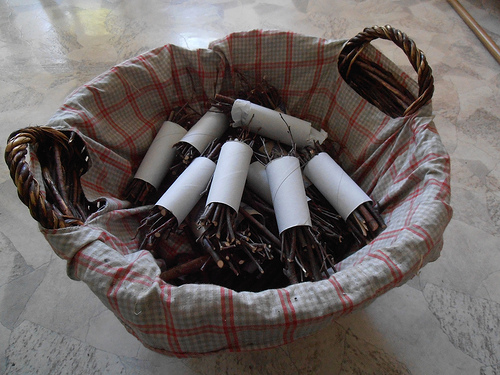
Standard fare are sisal toys and that corn mesh stuff – and these toys are often cute and shaped like rodent things including carrots, corncobs and pieces of fruit. They can be thrown in lose or strung up on a chain or leather thread for some stretching fun. Quite often these are short-lived toys, but easy for the gerbils to handle and move around.
Other regularly-seen toys involve plants and trees, like willow balls, hazel twists and loofahs. All great fun for gerbils – lightweight and cute looking. Also very short lived, but great fun to watch being thrown about the place and destroyed during an episode of Game of Thrones.
Bird toys (for cockatiels, budgies and parrots) are a great alternative to standard rodent ones – and they can be a lot more fun and colourful. Often found on a string, thread or chain – they can be hung up or just thrown in like any other toy and as they are made of many parts – like a toy kebab – they can then play with all the smaller parts for weeks afterwards even if they eat the middle string within 20 minutes of you hanging it up!
We will say that gerbils do often attack the central thread first – so no matter how wonderful and festive that Xmas tree on a string made of treats, leather and wood looks when you put it in – it will be a heap by the time you have eaten dinner.
We wish they would keep it in one piece and nibble around the edges – but they don’t. And often – these separate bits end up being kicked against the glass tank in the days afterwards – just when you were having the best dream!
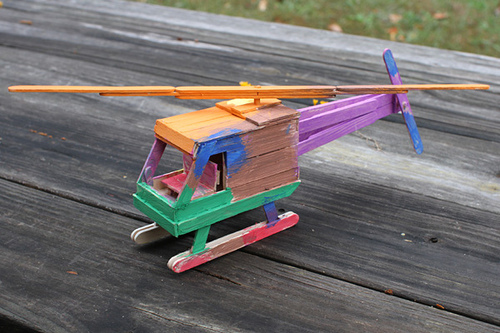
Lots of people get creative and make their own toys and threaded strings by buying the component parts from stores like Etsy and Northern Parrots – just make sure the wood and other parts you buy or use are animal safe – and why not – enjoy yourself!
Gerbils Need A Safe And Practical Animal Carrier:
Now, we toyed with the idea of this going in the essentials – but on average not many gerbils get ill enough to need to go to the vets (thank goodness).
Gerbils don’t need vaccinations or annual checkups – worming or flea prevention – so a carrier isn’t essential to most.
However, it is essential if you ever need to take your gerbils to the vets or a show, so we suppose it is a bit of a weird one?
From our point of view we wouldn’t be without several of these hanging around the house ready to go. They are invaluable if you have a sudden declan, an emergency vet visit – or like two days ago with our lot – a gerbil decides to completely chew a hole in the side of their temporary plastic-based cage (image below).
It was a really neat hole as well – we were quite impressed at its symmetry – but it was huge and in such a short time – so emergency safe shelter needed. Viola – an animal carrier.
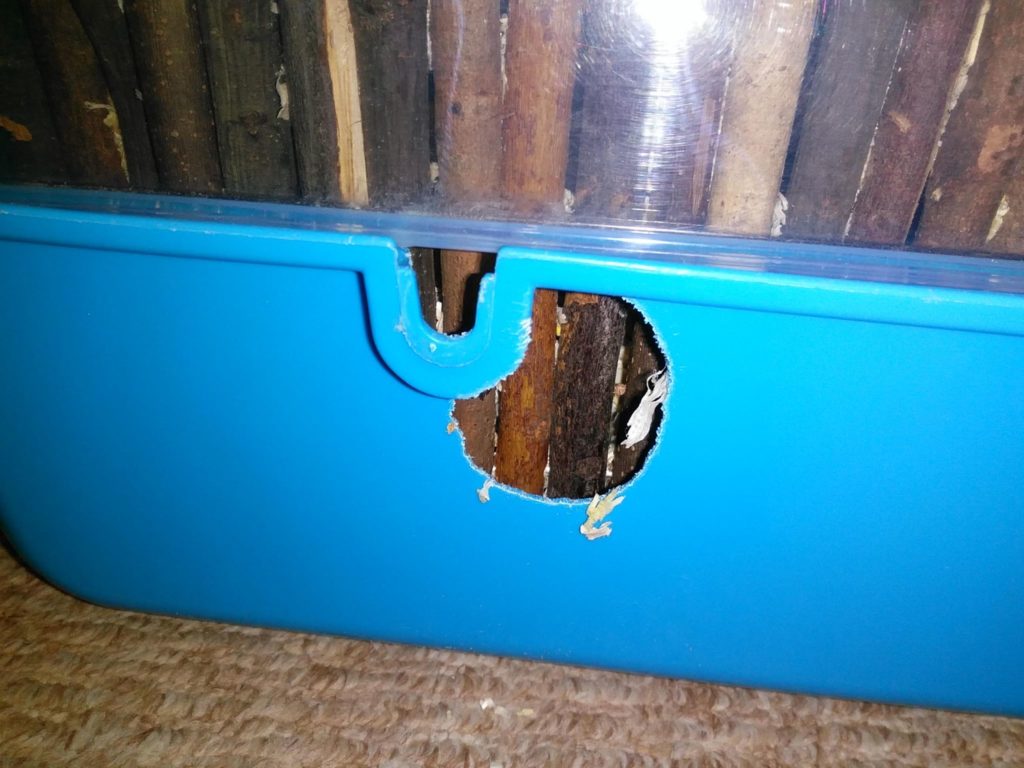
We always prefer the top loading types with separate hatch like the Rosewood Pod Carrier, where the handles are on the carrier not on the lid – like the Ferplast Aladino.
Not only does it worry us with the lid handles incase the lid catch fails – but these top loader ones are safer if you are going to open the carrier mid-journey. The Alidino-type open up low on the carrier and so a flighty gerbil (after a bumpy journey) could just fly out and escape. Who would want that risk?
You can also get the clear transporters like a Geo – also from Ferplast – where although the handles are still on the lids (always a worry for us) you can see your animals inside – where they are quite well concealed in the other carrier style (to help keep them calm inside).
However for showing your pet or having a pet that the vet might not be able to handle – these see-through ones are perfect.
Obviously there are many MANY variations on animal carriers and virtually all of them will do – as long as they are totally secure and safe – and the more they look like an animal carrier – the more likely other people will be more considerate when they see you. If you just have a gerbil in a cardboard box, people might think it is just that and you never know what they might accidentally do…
Anyway – we hope now you are ready to take on a new gerbil clan and be fully prepared for what it needed and what is just fun to buy anyway!
Enjoy your gerbils.
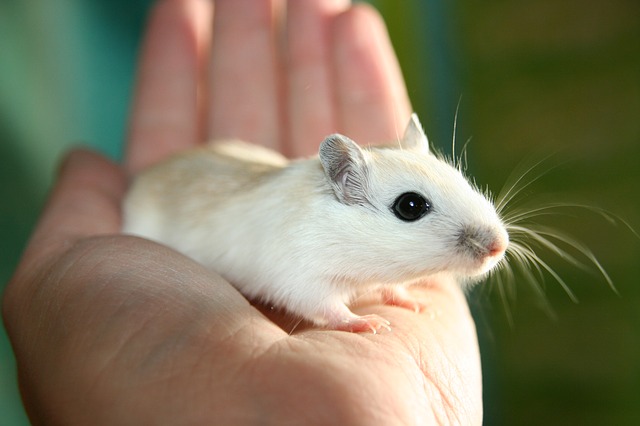
Thanks so much for this article! Some great ideas for natural and home-made toys here, and I was really taken by your section on home-grown food! Amazing that my wife and I were discussing this only this morning. She had read the ingredients of one of the Rosewoods Naturals mixers, either the Salad or Herbs one (IIRC), and remarked that we have most of the ingredients in our garden! That got us thinking – does anything resembling a comprehensive list of natural herbs and plants exist? And, would we have to process them in any way? Obviously the commercial stuff comes dried, but that could just as easily be a necessity of the process of making an easily storable, transportable product with a decent shelf life, as much as being important for The Griblets. We have plenty of nettles and marigolds etc, I can see them now through the window! Would I have to dry them, do you think, or could I give them to the horde fresh? We’re used to heat-treating foraged wood and stones in the oven, so maybe a lower setting could be used to dry flowers and herbs?
It would be wonderful to be able to give them them all fresh treats from the garden 🙂
Hey Alex – glad you were inspired by the post!
And yes, we dry a lot of my plants in the garden (based on lists of ingredients found in commercial dried foods/treats mainly) just for storage while they are fresh. We also feed them fresh where we can – but as with everything nature gives us – it is fresh only in season so we much make hay while the sun shines!
We dry ours just in a draft-free location in bright light on a mesh tray (for ventilation) on top of a solid tray (to catch the loose bits) – turning once or twice a day. You can use the oven if you want (but we never have yet) – or hang them in a light fresh-air-filled room too – just check regularly for and damp or mould patches.
How exciting!